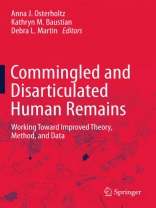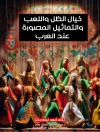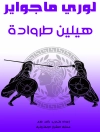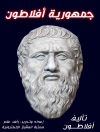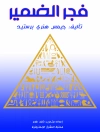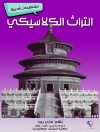Commingled and Disarticulated Human Remains:Working Toward Improved Theory, Method, and Data brings together research that provides innovative methodologies for the analysis of commingled human remains. It has temporal and spatial breadth, with case studies coming from pre-state to historic periods, as well as from both the New and Old World. Highlights of this volume include:
standardizes methods and presents best practices in the field using a case study approach
demonstrates how data gathered from commingled human remains can be incorporated into the overall interpretation of a site
explores best way to formulate population size, using commingled remains
Field archaeologists, bioarchaeologists, academic anthropologists, forensic anthropologists, zoo archaeologists, and students of anthropology and archaeology will find this to be an invaluable resource.
Содержание
Chapter 1- Introduction
Chapter 2- Making Sense of Social Behavior from Disturbed and Commingled Skeletons: A Case Study from Çatalhöyük, Turkey
Chapter 3- Commingled Human Skeletal Assemblages: Integrative Techniques in Determination of the MNI/MNE
Chapter 4- Bioarchaeological Spatial Analysis of the Walker-Noe Crematory (15GD56)
Chapter 5- Into the Kettle: The Analysis of Commingled Remains from Southern Ontario
Chapter 6- Crow Creek Bone Bed Commingling: The Relationship between Bone Mineral Density and Minimum Number of Individuals and Its Effect on Paleodemographic Analyses
Chapter 7- Extreme Processing at Mancos and Sacred Ridge: The Value of Comparative Studies
Chapter 8- Disarticulated and Disturbed, Processed and Eaten? Cautionary Notes from the La Plata Assemblage (AD 1000-1150)
Chapter 9- Partible, Permeable, and Relational Bodies in a Maya Mass Grave
Chapter 10- Unmingling Commingled Museum Collections: A Photographic Method
Chapter 11- Primary and secondary burials with commingled remains from archaeological contexts in Cyprus, Greece, and Turkey
Chapter 12- Commingled Bone Assemblages: Insights from Zooarchaeology and Taphonomy of a Bonebed at Karain B Cave, SW Turkey
Chapter 13- Normal Goat or Diseased Human? Disciplinary Boundaries and Methodological Traps in the Analysis of Fragmentary Remains at Franchthi Cave, Greece
Chapter 14-Taking Analyses of Commingled Remains into the Future: Challenges and Prospects
Об авторе
Anna Osterholtz is a Ph D Candidate in the Department of Anthropology at the University of Nevada, Las Vegas. Her bioarchaeological research interests include the health consequences of trade, migration and interaction and the social role of violence. She has worked extensively with commingled and fragmentary collections from around the world.
Kathryn Baustian is a Ph D Candidate in the Department of Anthropology at the University of Nevada, Las Vegas. Her research interests include bioarchaeological investigations focused on ancient social organization and the biological effects of culture change. She is also interested in forensic anthropology and the interpretation of violence in ancient and modern settings.
Debra L. Martin is Lincy Professor of Anthropology in the Department of Anthropology at the University of Nevada, Las Vegas. Her interests include bioarchaeological approaches to understanding social processes that produce and reproduce poor health and violence within culturally defined and marginalized subgroups.
